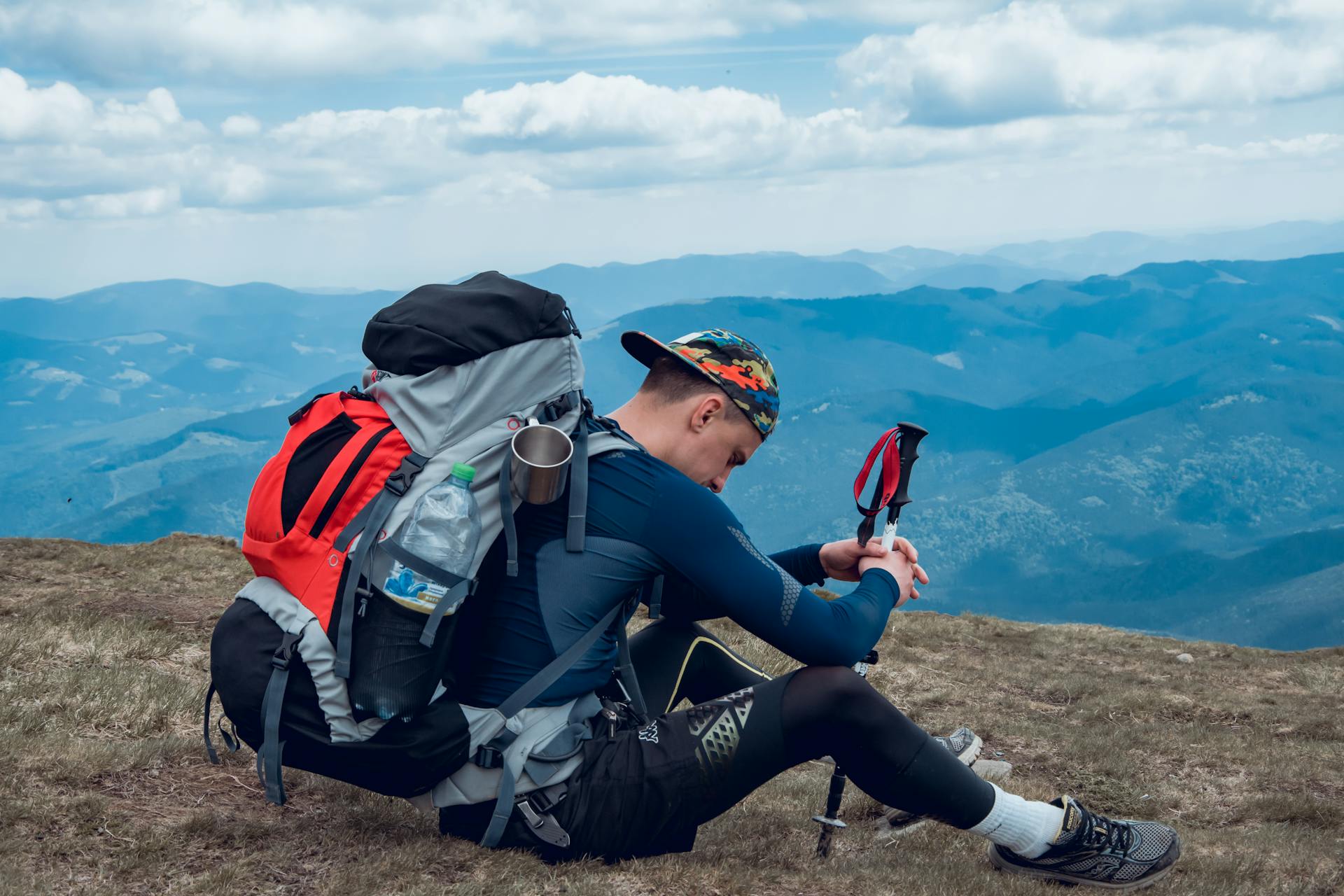If you’re planning a high-altitude trek in the Himalayas, it’s important to understand one of the most common health risks in the mountains: Mountain Sickness, also known as Acute Mountain Sickness (AMS).
🌬️ What is Mountain Sickness?
Mountain Sickness is a physical condition that occurs when your body fails to adapt to the lower oxygen levels and reduced air pressure at high altitudes—usually above 2,500 meters (8,200 feet).
As you ascend higher, the air becomes thinner, and your body has to work harder to get enough oxygen. If you gain altitude too quickly, your body doesn’t get enough time to adjust—this is what leads to mountain sickness.
🧠 Why Does Mountain Sickness Happen?
At sea level, oxygen concentration is about 21%. But at 3,000 to 5,000 meters, this drops significantly. The reduced oxygen makes it difficult for your body to perform normal functions, especially during physical activity like trekking.
This sudden change puts stress on your lungs, heart, and brain. If your body can’t adapt fast enough, you begin to experience the symptoms of AMS.
⚠️ Common Symptoms of Mountain Sickness
- Headache (most common early sign)
- Dizziness or light-headedness
- Fatigue or weakness
- Nausea and vomiting
- Loss of appetite
- Disturbed sleep
- Shortness of breath at rest
🚨 Severe Forms of Mountain Sickness
While most cases of AMS are mild and go away with rest and acclimatization, it can escalate into more dangerous conditions if ignored:
- HAPE (High Altitude Pulmonary Edema) – Fluid in the lungs. Can be fatal if untreated.
- HACE (High Altitude Cerebral Edema) – Swelling of the brain. A medical emergency.
Both require immediate descent and urgent medical attention.
🏕️ Who is at Risk?
Mountain sickness can affect anyone, regardless of age, gender, or fitness level. Even experienced trekkers are not immune. You are at higher risk if:
- You ascend too quickly
- You are not well-hydrated
- You have a prior history of AMS
- You ignore early symptoms and push further
🧭 Final Thoughts
Mountain sickness is not something to be taken lightly—but the good news is, it’s entirely preventable. The first step to prevention is awareness.
If you’re trekking in the Himalayas or anywhere above 2,500 meters, take the time to understand your body, ascend slowly, and never ignore the warning signs.
✅Know the signs. Respect the altitude. Trek safe.
